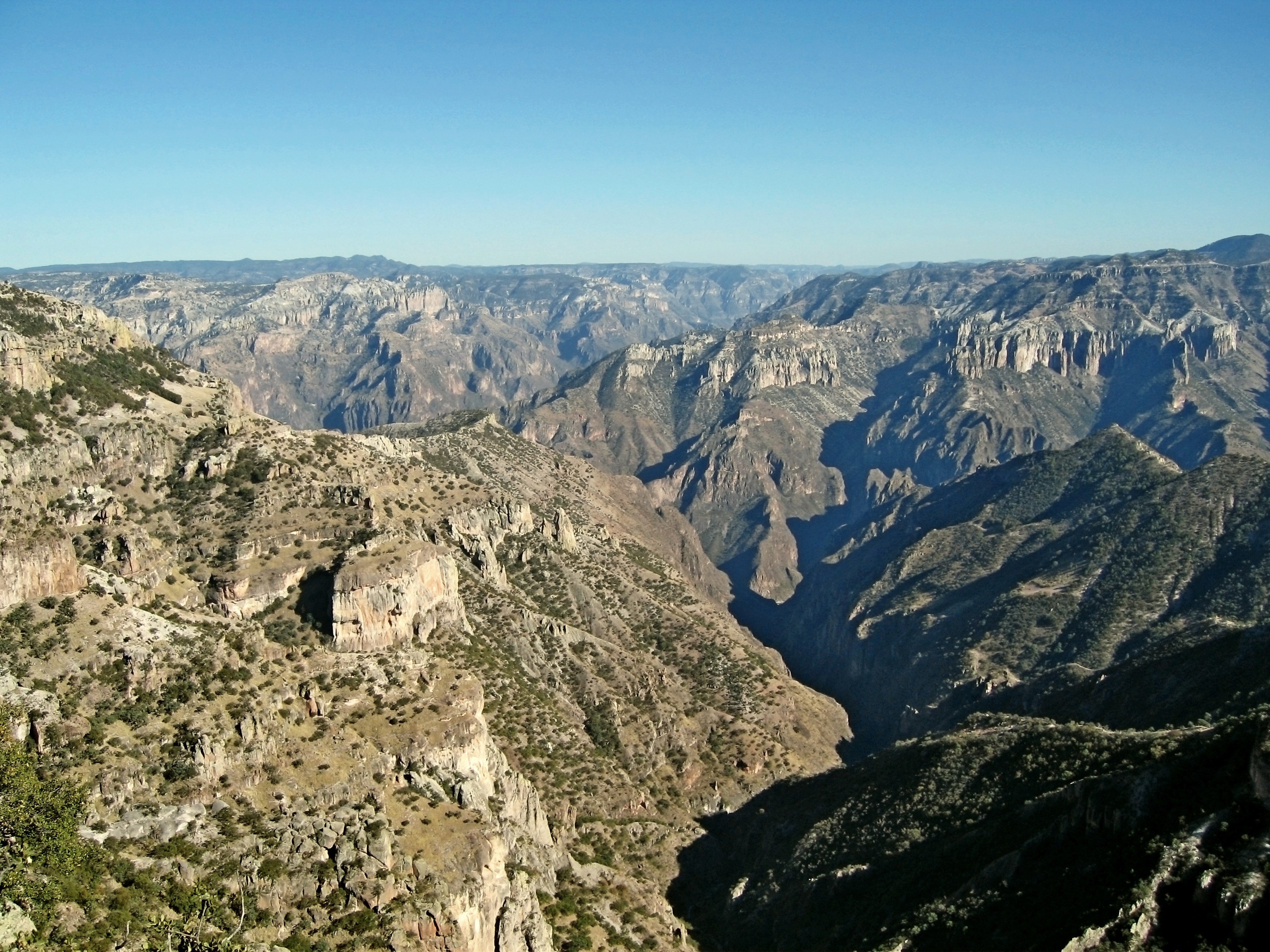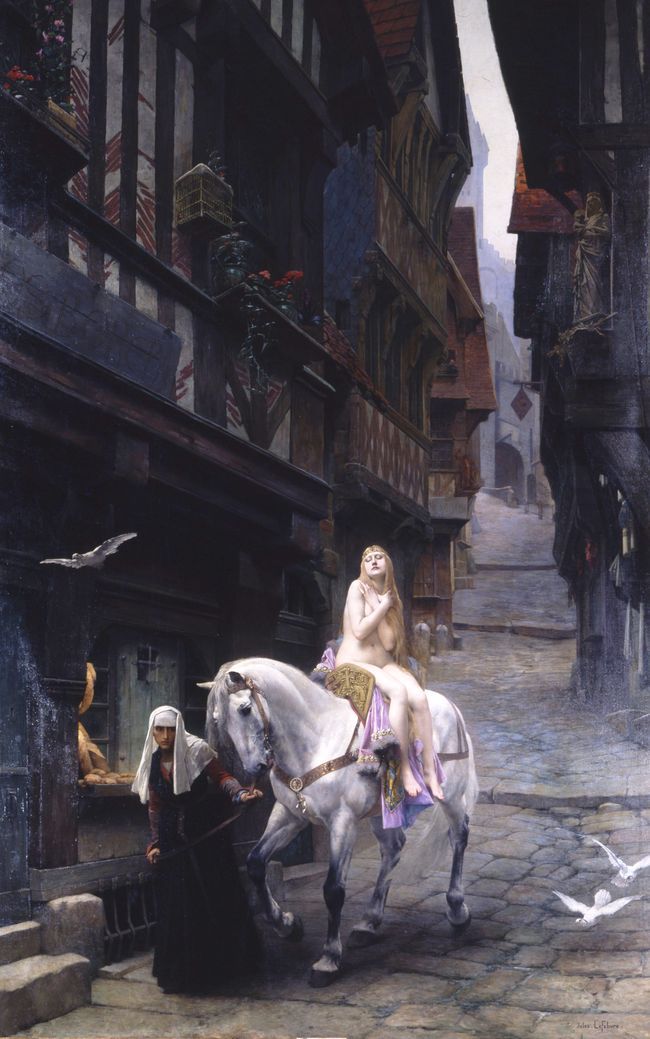|
Naranjal Mine
The Naranjal mine (more commonly known as El Naranjal) is the name of a legendary lost gold mine in the Sierra Mountains of Mexico. Folklorist J. Frank Dobie devoted part of his book "Apache Gold and Yaqui Silver" to the story of this legendary lost gold mine. The mine was supposedly located at the bottom of a canyon, beside a river and an abandoned hacienda. Surrounding the site were groves of oranges, hence the name El Naranjal, which means the orange grove in Spanish. Alternately, some legends point to orange-colored gold ore from the mine as a source of the name. Unlike other lost or legendary mines in this area, there is little hard evidence it ever existed, and may be purely a legend, taken from garbled accounts of the far more popular legendary lost mines of Tayopa Tayopa is the name of a legendary Lost mines, lost silver mine in the Sierra Madre Occidental, Sierra Mountains of Mexico. Many stories, legends and myths surround it as well as articles and books describing ... [...More Info...] [...Related Items...] OR: [Wikipedia] [Google] [Baidu] |
Lost Mines
Lost mines are a popular form of lost treasure legend. The mines involved usually contain a high-value commodity such as gold Gold is a chemical element with the symbol Au (from la, aurum) and atomic number 79. This makes it one of the higher atomic number elements that occur naturally. It is a bright, slightly orange-yellow, dense, soft, malleable, and ductile ..., silver or diamonds. Often, there is a treasure map, map (sometimes called a "waybill") purportedly showing the location of the mine. Common reasons for the mines being lost include: * The mine was discovered and worked by a recluse who refuses to divulge the location, and dies without revealing the location. * The mine was worked by native peoples who refuse to divulge the location to others. * The mineral deposit was discovered in a remote location, and upon returning to the area the discoverer could not find it again. * The discoverer died of hunger, thirst, or exposure shortly after discovering the d ... [...More Info...] [...Related Items...] OR: [Wikipedia] [Google] [Baidu] |
Sierra Madre Occidental
The Sierra Madre Occidental is a major mountain range system of the North American Cordillera, that runs northwest–southeast through northwestern and western Mexico, and along the Gulf of California. The Sierra Madre is part of the American Cordillera, a chain of mountain ranges (cordillera) that consists of an almost continuous sequence of mountain ranges that form the western 'sounds' of North America, Central America, South America and West Antarctica. Etymology The Spanish name ''sierra madre'' means "mother mountain range" in English, and ''occidental'' means "western", these thus being the "Western mother mountain range". To the east, from the Spanish ''oriental'' meaning "eastern" in English, the Sierra Madre Oriental range or "Eastern Mother Mountains" runs generally parallel to the Sierra Madre Occidental along eastern Mexico and the Gulf of Mexico. The range extends from northern Sonora, a state near the Mexico–U.S. border at Arizona, southeastwards to the ... [...More Info...] [...Related Items...] OR: [Wikipedia] [Google] [Baidu] |
Mexico
Mexico ( Spanish: México), officially the United Mexican States, is a country in the southern portion of North America. It is bordered to the north by the United States; to the south and west by the Pacific Ocean; to the southeast by Guatemala, Belize, and the Caribbean Sea; and to the east by the Gulf of Mexico. Mexico covers ,Mexico '' The World Factbook''. . making it the world's 13th-largest country by area; with approximately 12 ... [...More Info...] [...Related Items...] OR: [Wikipedia] [Google] [Baidu] |
Canyon
A canyon (from ; archaic British English spelling: ''cañon''), or gorge, is a deep cleft between escarpments or cliffs resulting from weathering and the erosive activity of a river over geologic time scales. Rivers have a natural tendency to cut through underlying surfaces, eventually wearing away rock layers as sediments are removed downstream. A river bed will gradually reach a baseline elevation, which is the same elevation as the body of water into which the river drains. The processes of weathering and erosion will form canyons when the river's headwaters and estuary are at significantly different elevations, particularly through regions where softer rock layers are intermingled with harder layers more resistant to weathering. A canyon may also refer to a rift between two mountain peaks, such as those in ranges including the Rocky Mountains, the Alps, the Himalayas or the Andes. Usually, a river or stream carves out such splits between mountains. Examples of mountain-type ... [...More Info...] [...Related Items...] OR: [Wikipedia] [Google] [Baidu] |
Hacienda
An ''hacienda'' ( or ; or ) is an estate (or '' finca''), similar to a Roman '' latifundium'', in Spain and the former Spanish Empire. With origins in Andalusia, ''haciendas'' were variously plantations (perhaps including animals or orchards), mines or factories, with many ''haciendas'' combining these activities. The word is derived from Spanish ''hacer'' (to make, from Latin ''facere'') and ''haciendo'' (making), referring to productive business enterprises. The term ''hacienda'' is imprecise, but usually refers to landed estates of significant size, while smaller holdings were termed '' estancias'' or '' ranchos''. All colonial ''haciendas'' were owned almost exclusively by Spaniards and criollos, or rarely by mestizo individuals. In Mexico, as of 1910, there were 8,245 haciendas in the country. In Argentina, the term ''estancia'' is used for large estates that in Mexico would be termed ''haciendas''. In recent decades, the term has been used in the United States for a ... [...More Info...] [...Related Items...] OR: [Wikipedia] [Google] [Baidu] |
Orange (fruit)
An orange is a fruit of various citrus species in the family Rutaceae (see list of plants known as orange); it primarily refers to ''Citrus'' × ''sinensis'', which is also called sweet orange, to distinguish it from the related ''Citrus × aurantium'', referred to as bitter orange. The sweet orange reproduces asexually (apomixis through nucellar embryony); varieties of sweet orange arise through mutations. The orange is a hybrid between pomelo (''Citrus maxima'') and mandarin (''Citrus reticulata''). The chloroplast genome, and therefore the maternal line, is that of pomelo. The sweet orange has had its full genome sequenced. The orange originated in a region encompassing Southern China, Northeast India, and Myanmar, and the earliest mention of the sweet orange was in Chinese literature in 314 BC. , orange trees were found to be the most cultivated fruit tree in the world. Orange trees are widely grown in tropical and subtropical climates for their sweet fruit. The ... [...More Info...] [...Related Items...] OR: [Wikipedia] [Google] [Baidu] |
Legend
A legend is a genre of folklore that consists of a narrative featuring human actions, believed or perceived, both by teller and listeners, to have taken place in human history. Narratives in this genre may demonstrate human values, and possess certain qualities that give the tale verisimilitude. Legend, for its active and passive participants may include miracles. Legends may be transformed over time to keep them fresh and vital. Many legends operate within the realm of uncertainty, never being entirely believed by the participants, but also never being resolutely doubted. Legends are sometimes distinguished from myth Myth is a folklore genre consisting of Narrative, narratives that play a fundamental role in a society, such as foundational tales or Origin myth, origin myths. Since "myth" is widely used to imply that a story is not Objectivity (philosophy), ...s in that they concern human beings as the main characters rather than gods, and sometimes in that they have s ... [...More Info...] [...Related Items...] OR: [Wikipedia] [Google] [Baidu] |
Tayopa
Tayopa is the name of a legendary lost silver mine in the Sierra Mountains of Mexico. Many stories, legends and myths surround it as well as articles and books describing the search for it. Folklorist J. Frank Dobie devoted part of his book "Apache Gold and Yaqui Silver" to the story of this legendary lost mine. See also *Lost mines Lost mines are a popular form of lost treasure legend. The mines involved usually contain a high-value commodity such as gold, silver or diamonds. Often, there is a map (sometimes called a "waybill") purportedly showing the location of the mine ... References Lost mines Mexican legends Silver mines in Mexico Urban legends {{mining-stub ... [...More Info...] [...Related Items...] OR: [Wikipedia] [Google] [Baidu] |
Mexican Legends
Mexican may refer to: Mexico and its culture *Being related to, from, or connected to the country of Mexico, in North America ** People *** Mexicans, inhabitants of the country Mexico and their descendants *** Mexica, ancient indigenous people of the Valley of Mexico ** Being related to the State of Mexico, one of the 32 federal entities of Mexico ** Culture of Mexico *** Mexican cuisine *** historical synonym of Nahuatl, language of the Nahua people (including the Mexica) Arts and entertainment * "The Mexican" (short story), by Jack London * "The Mexican" (song), by the band Babe Ruth * Regional Mexican, a Latin music radio format Films * ''The Mexican'' (1918 film), a German silent film * ''The Mexican'' (1955 film), a Soviet film by Vladimir Kaplunovsky based on the Jack London story, starring Georgy Vitsin * ''The Mexican'', a 2001 American comedy film directed by Gore Verbinski, starring Brad Pitt and Julia Roberts Other uses * USS ''Mexican'' (ID-1655), United Stat ... [...More Info...] [...Related Items...] OR: [Wikipedia] [Google] [Baidu] |
Gold Mines In Mexico
Gold is a chemical element with the symbol Au (from la, aurum) and atomic number 79. This makes it one of the higher atomic number elements that occur naturally. It is a bright, slightly orange-yellow, dense, soft, malleable, and ductile metal in a pure form. Chemically, gold is a transition metal and a group 11 element. It is one of the least reactive chemical elements and is solid under standard conditions. Gold often occurs in free elemental (native state), as nuggets or grains, in rocks, veins, and alluvial deposits. It occurs in a solid solution series with the native element silver (as electrum), naturally alloyed with other metals like copper and palladium, and mineral inclusions such as within pyrite. Less commonly, it occurs in minerals as gold compounds, often with tellurium (gold tellurides). Gold is resistant to most acids, though it does dissolve in aqua regia (a mixture of nitric acid and hydrochloric acid), forming a soluble tetrachloroaurate anion. Gold is ... [...More Info...] [...Related Items...] OR: [Wikipedia] [Google] [Baidu] |





